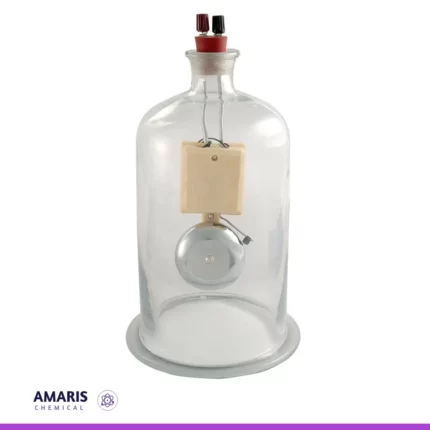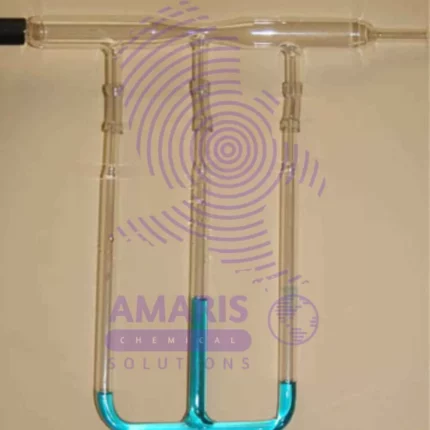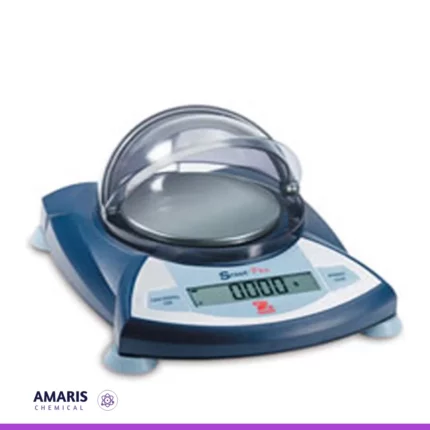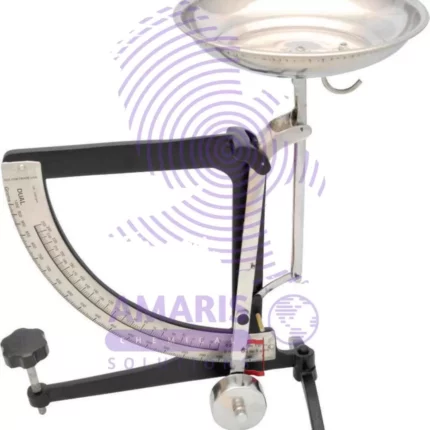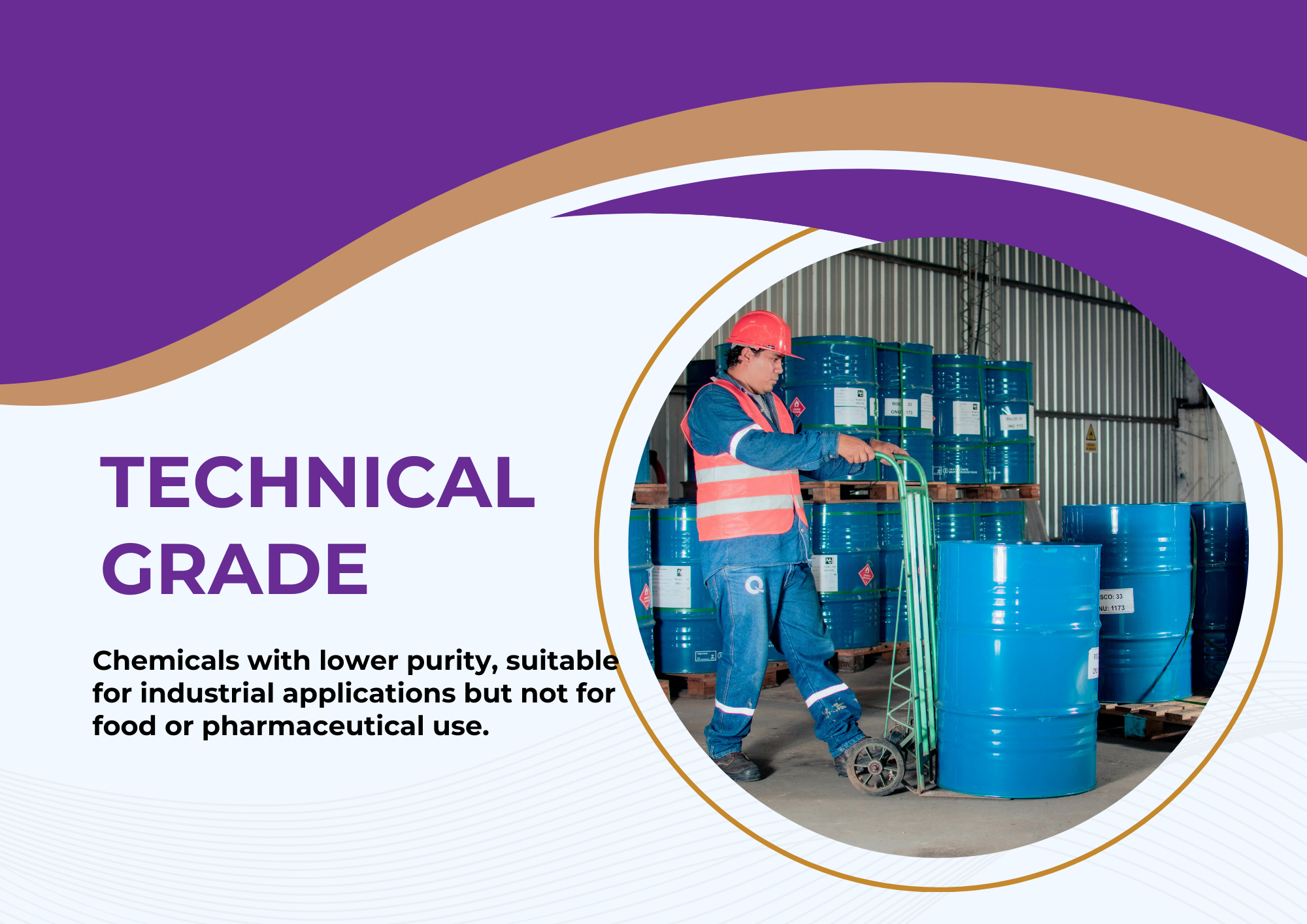Bell Jar with knob
KSh0.01
The best definition of a bell jar apparatus is a scientific instrument used in laboratories to create a controlled environment for various experimental purposes, such as studying the behavior of gases, conducting vacuum experiments, or demonstrating principles of physics and chemistry. It consists of a glass or transparent plastic container shaped like a bell, which can be sealed to create a vacuum chamber. The apparatus allows researchers to manipulate and observe the interactions of substances or objects within the vacuum or controlled atmosphere, often enabling investigations that wouldn’t be possible under standard atmospheric conditions.
Uses of a bell jar apparatus
Vacuum Experiments:
One of the primary uses of the bell jar apparatus is to create a vacuum environment. Researchers can study the behavior of gases under low-pressure conditions, investigate how materials behave without air resistance, and demonstrate concepts related to pressure and gas laws.
Demonstrating Boyle’s Law:
The bell jar apparatus can be used to demonstrate Boyle’s Law, which states that the pressure of a gas is inversely proportional to its volume when temperature is held constant. By adjusting the pressure inside the bell jar and observing its effect on a gas-filled balloon or other objects, students can visualize this fundamental gas law.
Vacuum Sealing:
The bell jar apparatus is used to seal objects in a vacuum, preventing their exposure to atmospheric conditions. This is important for preserving delicate or sensitive materials, as well as for preventing oxidation or other chemical reactions.
Removing Air from Liquids:
In certain applications, researchers can place liquids under vacuum to remove trapped air bubbles or to enhance the penetration of impregnating substances into porous materials.
Electron Microscope Sample Preparation:
The bell jar apparatus is sometimes used in electron microscopy labs to create a vacuum environment for sample preparation. Samples can be dehydrated, degassed, or coated with thin layers of conductive materials before examination in an electron microscope.
Thermal Testing:
Researchers can use the bell jar apparatus to investigate the thermal properties of materials under vacuum conditions, such as measuring thermal conductivity or studying phase transitions.
Electrical Insulation Testing:
The vacuum environment inside the bell jar can be used to study the insulating properties of materials under high-voltage conditions, as the absence of air prevents electrical breakdown.
Educational Demonstrations:
The bell jar apparatus is commonly used as an educational tool in physics and chemistry classrooms to visually demonstrate various scientific principles, including atmospheric pressure, the behavior of gases, and the effects of low pressure on objects.
Astronomy Simulations:
In some cases, the bell jar apparatus can be employed to simulate low-pressure environments similar to those found in outer space. This allows researchers to study the behavior of materials and experiments that are relevant to space conditions.
Scientific Outreach:
The apparatus is often used in science museums, science fairs, and public demonstrations to engage and educate the general public about basic scientific concepts, such as the effects of vacuum on everyday objects.
Overall, the bell jar apparatus serves as a versatile tool for both research and education, offering insights into various scientific phenomena and allowing researchers and students to explore the effects of altered atmospheric conditions.


